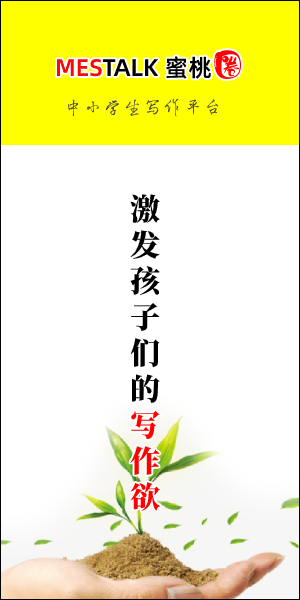Greetings, esteemed educators and fellow learners. Today, I am thrilled to present a lesson demonstration that aims to captivate young minds with the wonders of history. Our focus will be on the legendary "秦兵马俑" (The Terracotta Army), a marvel from ancient China. Through this lesson, we embark on a journey to unravel the mysteries of this archaeological masterpiece and instill in our young learners a love for history and cultural heritage.
- Introduce the concept of historical artifacts and their significance.
- Explore the historical context of the Terracotta Army and its connection to the First Emperor of China, 秦始皇 (Qin Shi Huang).
- Enhance students' vocabulary related to archaeology, history, and cultural heritage.
- Foster critical thinking skills through discussion and interpretation of visual aids.
Engage students with a brief discussion on the concept of artifacts. Show images of various artifacts and ask students to share their thoughts on what they are and why they are important. Relate the discussion to the idea that artifacts can tell us stories about the past.
Begin by introducing the Terracotta Army as a group of life-sized clay soldiers unearthed in the tomb of the First Emperor of China. Use visual aids, such as images and diagrams, to showcase the scale and grandeur of the discovery. Connect the Terracotta Army to the historical context of Qin Shi Huang's reign and his quest for an afterlife army.
Example Phrases:
- "Imagine discovering a buried army of thousands of soldiers made entirely of clay. This is the mystery we are exploring today."
- "Qin Shi Huang, the First Emperor of China, believed he needed an army even in the afterlife. This belief led to the creation of the Terracotta Army."
Introduce and discuss key vocabulary related to the topic, such as "archaeology," "dynasty," "emperor," and "heritage." Use contextual sentences and encourage students to create their own sentences using the new words. This enhances both language skills and comprehension.
Example Sentences:
- "Archaeology is like a detective work that helps us uncover the secrets of ancient civilizations."
- "An emperor is a powerful ruler who leads a dynasty and makes important decisions for the country."
Read a simplified version of the Terracotta Army's discovery, emphasizing key details and historical significance. Pause at strategic points to ask questions and encourage students to share their thoughts. Use open-ended questions to stimulate critical thinking.
Example Questions:
- "Why do you think Qin Shi Huang wanted a Terracotta Army in his tomb?"
- "How do you think archaeologists felt when they unearthed the first soldier?"
Divide students into small groups and provide materials for creating miniature Terracotta Warriors using clay or playdough. Encourage them to think about the details, such as clothing, weapons, and facial expressions, as they craft their own versions. This hands-on activity reinforces learning through creativity.
Bring the class together for a discussion on the group activity. Ask each group to share their Terracotta Warriors and explain the choices they made. Facilitate a reflective discussion on the importance of preserving cultural heritage and the role of artifacts in telling stories about the past.
In conclusion, this lesson on the Terracotta Army aims not only to enrich students' understanding of history but also to inspire curiosity and appreciation for cultural heritage. By engaging in discussions, exploring vocabulary, and participating in a creative activity, our young learners will leave with a deeper connection to the wonders of the past. Together, we uncover the secrets of the Terracotta Army and embark on a journey through time, fostering a love for learning and history. Thank you for joining me in this exploration of China's ancient treasures.
